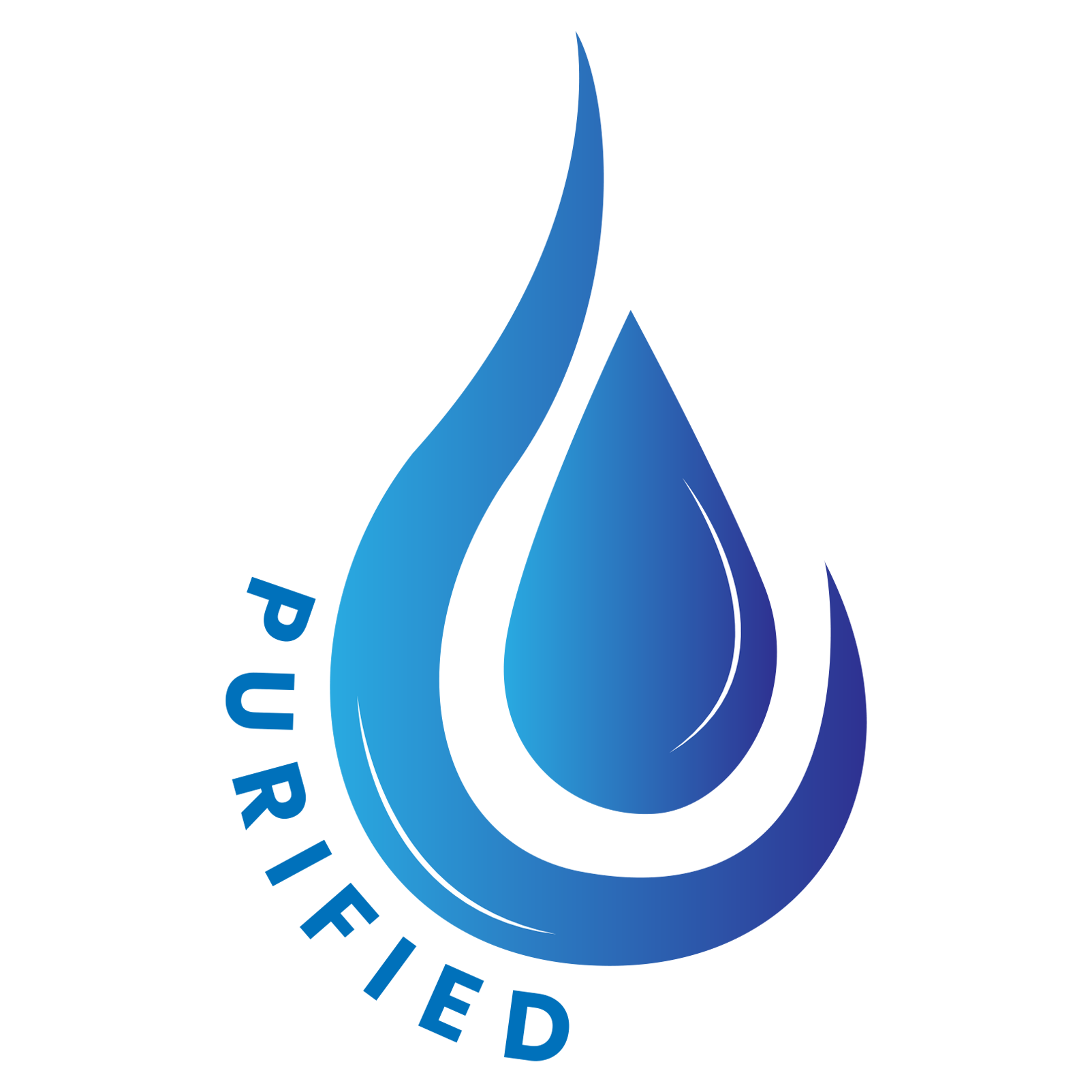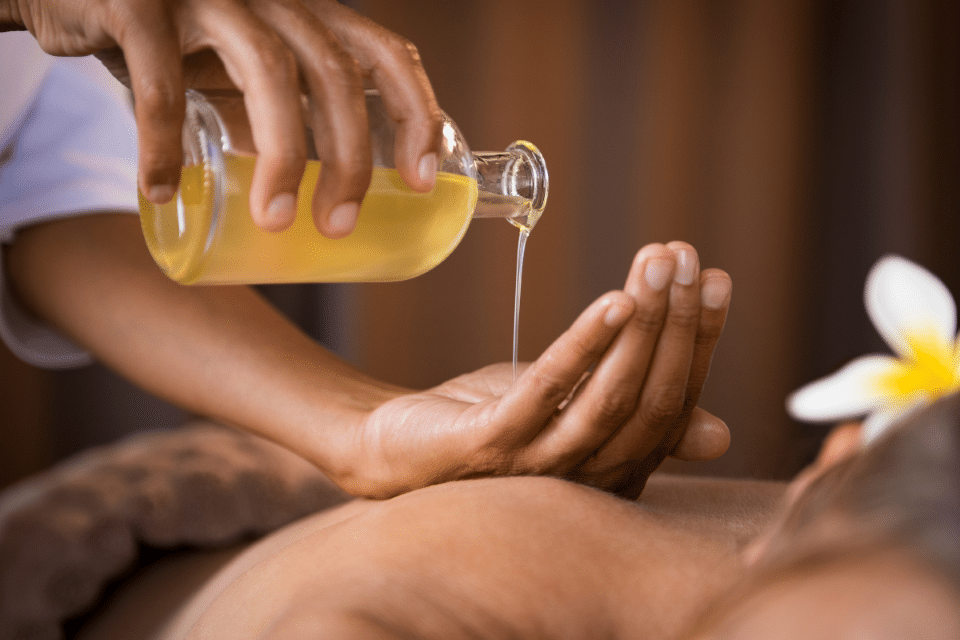What is Ayurvedic massage?
Ayurveda, India’s ancient system of recovery has long comprehended the many advantages of massage and used various kinds of massage therapy as part of both palliative (Shamana) and purificatory (Shodhana) treatments. Intentional touch, directed by the principles of Ayurveda has huge power to return both body and mind to a blissful state of wellness and wellbeing.
The different strategies and considerations of Ayurvedic massage therapy that we will certainly explore have actually been outlined in several vedic messages consisting of the brhat trayi (the great 3 texts consisting of Caraka, Sushruta and Vagbhata) in addition to Bhavaprakasha and Yogaratnakara. In old times, these methodologies were utilized for numerous factors consisting of to sustain warriors and athletes, for the objectives of virilization and obviously for healing such as in postpartum treatment and for preventative functions.
Standard concepts of the five aspects and 3 doshas in Ayurveda
Ayurveda understands that all issue is composed of the 5 excellent aspects; room, air, fire, water and planet.by link ayurvedic massage website When these five fundamental components manifest in the body, the aspects are organized right into 3 doshas. The doshas, also referred to as the 3 crucial ideas of Ayurveda are Vata which is made up of area and air, Pitta which is composed of fire and water and Kapha which is water and earth aspects combined. All Ayurvedic treatment is based upon treating the doshas that get boosted or vitiated, with their opposite top qualities.
Embellished care:
Ayurvedic massages, like all other Ayurvedic therapies, are customized to fit the needs of the private recipient. Aspects such as the person’s one-of-a-kind constitution (Prakruti) and existing state of inequality of the doshas (Vikruti) notify options made by the practitioner when planning and performing a treatment. Various other crucial considerations are the state of the person’s digestion fire (Agni) and degree of toxins in the body (Ama).
The option of which Ayurvedic massage techniques to employ; whether they should be more stimulating or calming to the system, impacts and cancels various doshas; for example Vata and Pitta disorders can take advantage of mild, smooth and relaxing strokes, whereas Kapha conditions can gain from more heat being generated, excitement and a rise in circulation.
An additional key variable is the option of oil with both the base or provider oil and natural herbs that are infused into the base being made use of deliberately to mitigate certain doshic imbalances. Sesame oil, with its heavy and warming up top qualities works well to calm Vata dosha, cooling coconut or sunflower oil work well for Pitta, and lighter, heating oils such as mustard can be utilized in Kapha problems.
For a Vata person or condition, large amounts of oil would be made use of, for Pitta a moderate amount of oil and for Kapha a small amount of oil.
When there is a considerable quantity of Ama in the body, massage with oil is contraindicated as a result of the fact that many oils, having comparable heavy, sticky and unctuous top qualities as Ama itself, can intensify those conditions. Dry rubbing with herbal powders, additionally known as Udvartana, may be used instead in these situations.
In this way, we can begin to appreciate exactly how in Ayurvedic massage every aspect of the treatment, from the massage therapy strokes to the choice of oil or natural herbs can be customized and targeted to fix the present imbalance by Ayurveda’s classic like-increases-like’ philosophy.
Special considerations for Vata and the mind
According to Samkhya philosophy, the air aspect is connected with the sense of touch (Sparshendriya). Vata dosha, being comprised of the air and space aspects, is especially influenced and pacified by touch. The mind, being related to all the elements but particularly the subtlest air and room components, can likewise particularly benefit from healing touch. Therefore, ayurvedic massage is especially beneficial in the treatment of Vata dosha and mental health and wellness issues.
That being claimed, the customizable aspect of Ayurvedic healing massage will also offer itself well to sustaining Kapha and Pitta concerns, specifically with reference to blood circulation and skin problems specifically. Much of the physical structure and function of the skin (Tvak) is controlled by bhrajaka pitta, responsible for the shade, complexion and luster of the body’s biggest body organ. Oil and herbs in the form of pastes or directly instilled to those oils are said to nurture the agni of the skin, equally as food nourishes our interior digestion. By feeding the skin this way, repeatedly or on a regular basis, these substances will certainly pass through to the deeper tissues, including the nerves, muscle mass, bones and body organs in addition to enhance the high quality and durability of the skin itself.
Categories of massage therapy:
Abhyanga
Perhaps the most well known of Ayurvedic massage methods, Abhyanga describes the practice of oiling the body. It can be practiced on one’s own body (self-massage) or provided as a therapy by one or perhaps 2 professionals for a four-handed massage. As talked about, when used topically, herbalized oils lug the medical residential or commercial properties of herbs into the skin and deeper cells to unravel recovery. The method of outside oleation is accompanied by inner oleation in deep cleaning treatments such as Panchakarma to loosen contaminants and launch the doshas that have built up in the body.
Snehan’ in Sanskrit suggests both oil and love. Oil is the physical manifestation of love and oil massage amounts harmonizing the cells of the body with a vibration of love and luster. Usually talking, except in cases of high Ama and Kapha, oil is a central tenet of Ayurvedic massage. There are numerous unique herbalized oil formulas in Ayurveda such as Mahanarayan tailam, used specifically in pain problems and Dhanvantaram tailam, named after the god of Ayurveda, Dhanvantari, one of the very best oils for Vata pacification.
Massage therapy with powders and pastes
Udvartana, or massage with dry and hot natural powders can be particularly valuable in minimizing Vata and Kapha problems. Udsadana describes this kind of massage with dry natural herbs and is useful for cosmetic and improvement procedures and udgarshana, massage with natural pastes (herbs blended with water or oil) works in easing other skin problem.
Added groups of ayurvedic massage are named according to body area; Deha samvahana or deha mardana are terms utilized to describe massage therapy of the entire body, while head massage is called kesha mardana.

